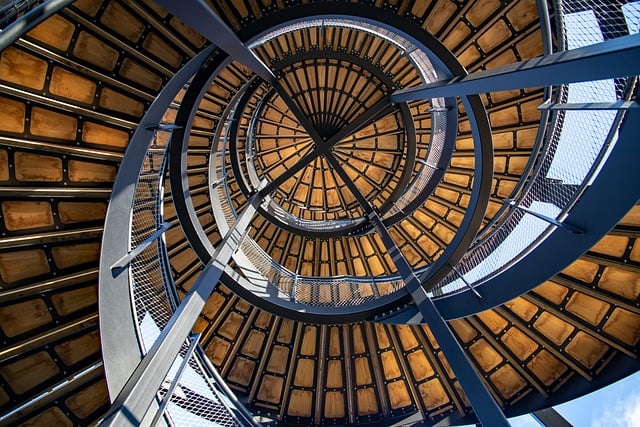Metal Roofing Installation offers an eco-friendly solution with significant environmental and economic benefits. Durable materials like aluminum, steel, and copper resist rot, mold, and pests, reducing chemical needs. Their reflectivity lowers energy costs in warmer climates. With a lifespan of decades and minimal waste generation, metal roofs are a cost-effective choice for homeowners and businesses. The installation process involves careful assessment, high-quality materials, precise cutting, and efficient water management. Prioritizing expert installation ensures longevity, leak prevention, and significant long-term savings. Adopting sustainable practices, including metal roofing, is encouraged by local regulations and backed by financial incentives, making it an attractive option for environmentally conscious individuals and businesses.
“Discover the future of roofing with eco-friendly metal roofing solutions. This comprehensive guide explores sustainable materials, their minimal environmental impact, and the growing popularity of this green option. From understanding the diverse range of metal roofing types to the step-by-step installation process, we demystify this long-lasting choice.
Learn about its numerous benefits, including energy efficiency and reduced environmental footprints, while navigating local regulations and incentives that make eco-conscious metal roofing more accessible than ever. Embrace a smarter, greener future with metal roofing installation.”
Understanding Eco-Friendly Metal Roofing: Materials and Their Impact
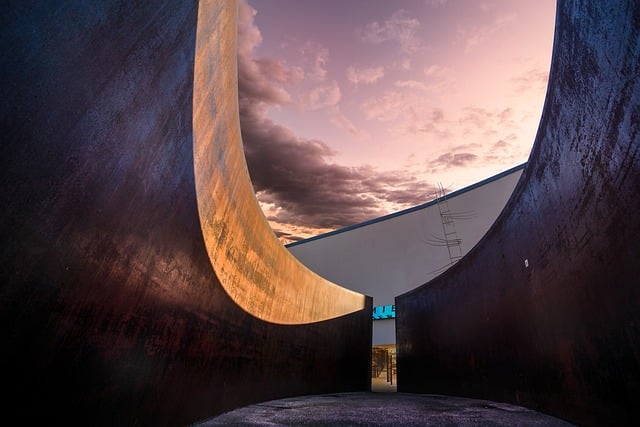
Eco-friendly metal roofing is more than just a trend; it’s a sustainable solution that offers both environmental and economic benefits. At its core, this type of roofing involves using materials that have minimal impact on the planet throughout their lifecycle. Metal roofing installation often incorporates recycled content, which not only reduces waste but also lowers the energy consumption associated with manufacturing. Common eco-friendly metal roofing options include aluminum, steel, and copper, each known for its durability and long-lasting performance.
These metals are naturally resistant to rot, mold, and pests, eliminating the need for harmful chemicals often used in traditional roofing materials. Moreover, their reflectivity helps reduce energy costs by minimizing heat absorption, a benefit particularly valuable in warmer climates. With proper maintenance, metal roofs can last for decades, further decreasing the frequency of replacements and associated waste generation—making them an excellent choice for environmentally conscious homeowners and businesses looking to invest in eco-friendly Metal Roofing Installation solutions.
Benefits of Choosing Sustainable Metal Roofing Options

Choosing sustainable metal roofing options for your home or business offers a range of benefits, making it an eco-conscious and practical decision. One of the key advantages is its longevity; metal roofs are known to last for decades with minimal maintenance, significantly reducing the need for frequent replacements compared to traditional materials. This durability also translates to cost savings over time.
Additionally, metal roofing installation contributes to environmental sustainability. Metal roofing materials can be recycled and reused, which minimizes waste and the demand for new resources. Many modern metal roofing options are also designed with an eye towards energy efficiency, reflecting sunlight and helping to regulate indoor temperatures, thereby reducing the energy load and associated carbon footprint of your property.
The Installation Process: A Step-by-Step Guide to Eco-Conscious Metal Rooftops
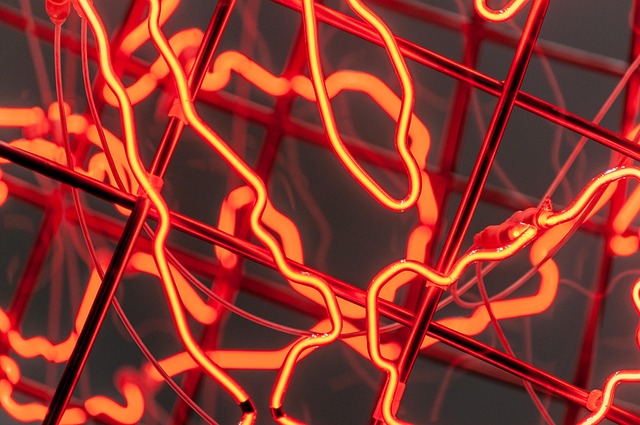
The installation process for eco-friendly metal rooftops involves several steps, each crucial in ensuring a durable and sustainable finish. It begins with meticulous preparation, including assessing the existing roof structure and deciding on the specific type of metal roofing suitable for the space. Professional installers then remove any old roofing materials, preparing the surface for new installations while adhering to strict environmental standards.
Next, they install underlayment, a protective layer that prevents moisture damage and provides insulation benefits. The actual metal panels are then precisely cut and fitted, locked into place using mechanical fasteners or specialized adhesive systems. Gutters and drains are also integrated into the design, ensuring effective water management while minimizing the environmental impact associated with traditional roofing drainage systems.
Longevity and Durability: Ensuring a Lasting Eco-Friendly Roof
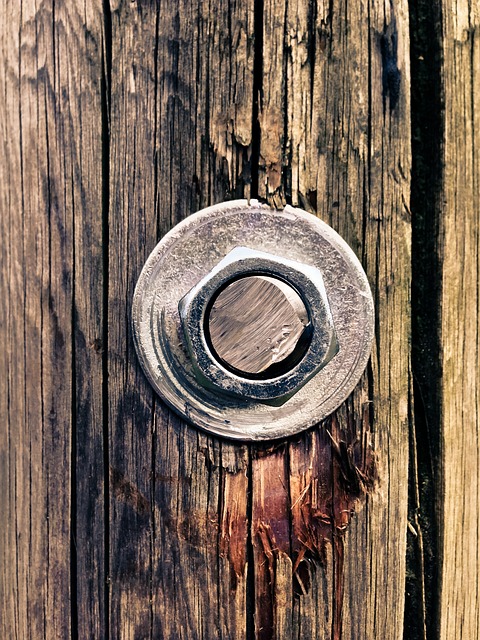
Eco-friendly metal roofing offers an impressive combination of longevity and durability, making it a sustainable choice for homeowners looking to invest in their properties. These roofs are designed to withstand harsh weather conditions, from intense storms to heavy snowfall, ensuring they remain intact and protect your home for many years. The durability of metal roofing is attributed to its high-quality materials and robust manufacturing processes. Each panel is crafted to resist corrosion, rust, and fading, providing a long-lasting finish that retains its aesthetic appeal.
When considering metal roofing installation, it’s essential to choose a reputable contractor who can source and install high-grade metal materials. Proper installation techniques are crucial for sealing joints and ensuring water tightness, preventing damage caused by leaks. With the right expertise, eco-friendly metal roofs can exceed industry standards for longevity, offering peace of mind and significant cost savings in the long term.
Energy Efficiency and Metal Roofing: Reducing Environmental Footprint
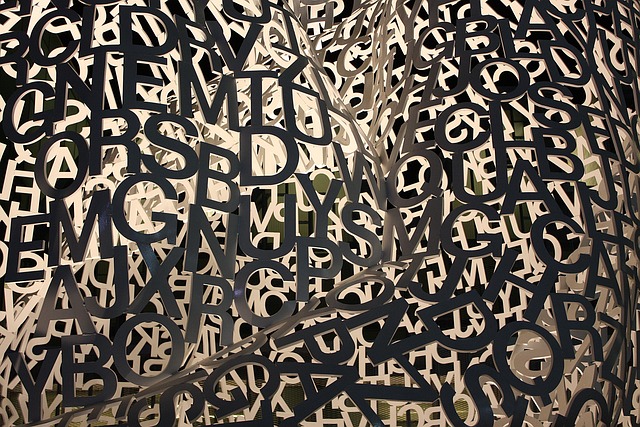
Metal roofing installation offers significant advantages in terms of energy efficiency, contributing to a reduced environmental footprint. Unlike traditional roofing materials, metal roofs are highly reflective, meaning they reflect a substantial amount of sunlight and heat back into the atmosphere. This natural insulation property helps maintain cooler indoor temperatures during hot seasons, thereby decreasing the reliance on air conditioning systems. As a result, metal roofing can lead to substantial energy savings over time, benefiting both homeowners and the environment by lowering carbon emissions.
Moreover, metal roofs are known for their longevity, which further minimizes waste generation. With proper maintenance, these roofs can last for several decades, eliminating the need for frequent replacements. This durability translates into fewer resources being used in manufacturing new roofing materials, less construction waste, and a smaller overall impact on natural resources. The energy-saving capabilities and extended lifespan of metal roofing make it an eco-friendly choice for anyone considering a greener approach to home improvement.
Local Regulations and Incentives for Metal Roofing Installation

Many regions are now embracing sustainable practices, and local regulations play a significant role in promoting eco-friendly building materials like metal roofing. Before installing metal roofing, it’s essential to understand and comply with these regional guidelines, which often include specific requirements for energy efficiency, material recycling, and environmental impact reduction. Fortunately, metal roofing installation aligns well with these standards due to its longevity, durability, and recyclability.
Incentives such as tax credits, rebates, and grants are also commonly offered to encourage the adoption of metal roofing. These financial benefits can make eco-friendly choices more accessible and cost-effective for homeowners and businesses. Check local building codes, reach out to relevant authorities, or consult with a professional roofer who specializes in metal roofing installation to navigate these regulations and unlock available incentives.
